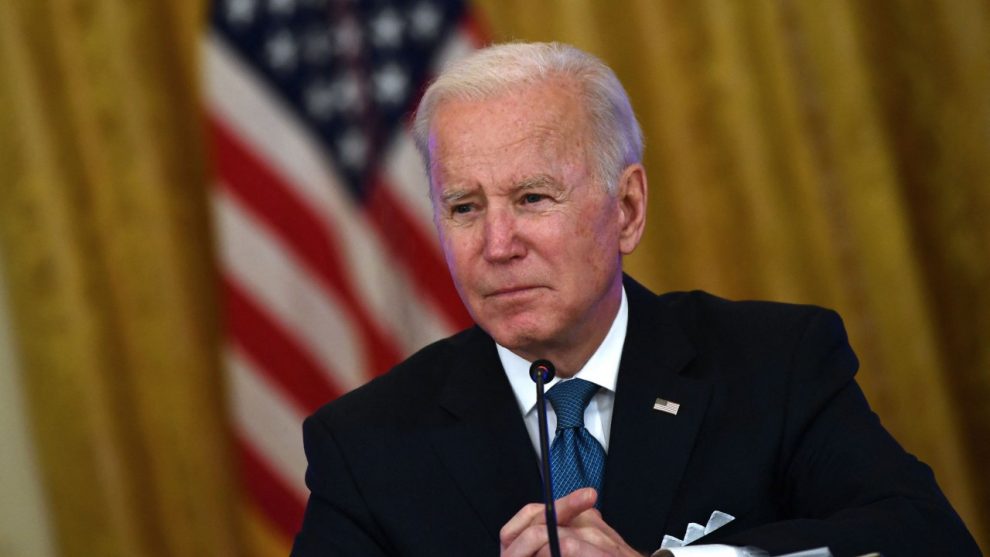President Biden is expected to announce a much-anticipated loan forgiveness program Wednesday, sources familiar with the plan told the Associated Press.
Americans are poised to foot a nearly $300 billion deal with President Biden’s expected announcement on Wednesday to forgive thousands in federal student loan debt and extend a repayment pause to next year.
According to the Penn Wharton Budget Model, a one-time maximum debt forgiveness of $10,000 for borrowers who make less than $125,000 will cost around $300 billion for taxpayers.
The cost increases to around $330 billion if the program is continued over the standard 10-year window, according to the figures.
The precise details of Biden’s plan were being kept to an unusually small circle within the Biden administration and were still not finalized on the eve of the announcement, sources told the Associated Press.
Progressives and liberals have hounded the president to provide broader relief to hard-hit borrowers, while moderates and Republicans have questioned the fairness of any widespread forgiveness.
The nation’s federal student debt now tops $1.6 trillion after ballooning for years. More than 43 million Americans have federal student debt, with almost a third owing less than $10,000 and more than half owing less than $20,000, according to the latest federal data.
Pandemic-era payment freezes were set to end on Aug. 31.
On the campaign trail, Biden proposed canceling up to $10,000 per borrower, with no mention of an income cap. But the president has narrowed that promise in recent months by embracing the income limit as soaring inflation took a political toll and as he aimed to head off political attacks that the cancellation would benefit those with higher take-home pay.
According to a recent analysis from the Committee for a Responsible Federal Budget (CRFB), the $10,000 forgiveness plan would undermine the recently passed Inflation Reduction Act by consuming nearly 10 years of deficit reduction and wipe out disinflationary benefits.
“[D]ebt cancellation would boost near-term inflation far more than the IRA will lower it,” CRFB wrote in its analysis. “$10,000 of debt cancellation could add up to 15 basis points up front and create additional inflationary pressure over time.”
Story cited here.
























